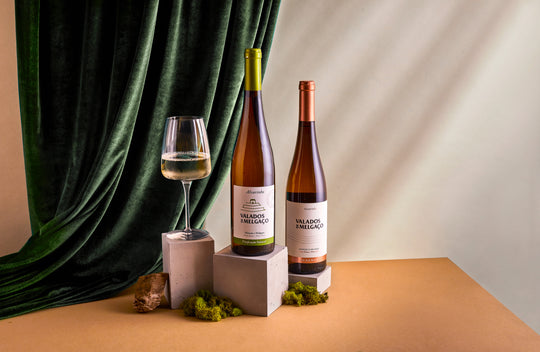Alejandro Campos: The Art of Master Chocolatier
Cost:
$25.00 per personDuration:
About this experience
This experience is a lecture on chocolate given by Alejandro Campos, a Master Chocolatier and co-owner of Wolter Chocolate in Tabasco, Mexico.
The Olmecs, one of the earliest Latin American civilizations, were the first to make chocolate from the cacao plant, using it in ceremonial drinks. Later, the Mayans revered chocolate as the food of the gods, even burying dignitaries with bowls of it. They made a thick, frothy drink called xocolatl, meaning "bitter water." The Aztecs, who believed chocolate was a gift from the god Quetzalcoatl, used cocoa beans as currency and consumed chocolate as a refreshing beverage, aphrodisiac, and war preparation. They also used dark chocolate medicinally to treat ailments like headaches and heart issues. In 1528, Spanish explorer Hernán Cortés introduced the chocolate drink to Spain, where sugar was added to enhance its flavor.
Introduction
- Chocolate has similarities to wine, including polyphenols, antioxidants, flavonols, sugars, and fermentation process.
- Alejandro Campos is introduced as an influential voice in the chocolate industry and a judge for international chocolate awards.
Chocolate Production Process
- Cacao pods grow on tree trunks and contain beans covered in sweet and sour pulp.
- The beans are fermented for 48 hours, then dried in the sun for about four days.
- Roasted beans are processed into cacao nibs, then ground into cacao paste or liquid.
- Cacao paste can be pressed to separate cocoa butter and cocoa powder.
Types of Chocolate
- Look out for Commercial chocolates: Many ingredients, often with chemical additives.
- Good chocolates: 7-10 ingredients, including cacao paste, sugar, and cocoa butter.
- Fine chocolates: Made ONLY with cacao paste, cocoa butter, and some sugar.
Bean-to-Bar and Tree-to-Bar Concepts
- Bean-to-bar: Chocolates made from dried cacao beans.
- Tree-to-bar: Process that includes caring for cacao trees, fermentation, and drying.
Chocolate Refinement
Explains the importance of particle size in chocolate:
- 400-500 microns: Initial grinding
- 200 microns: Mexican-style chocolate
- 100 microns: Thick European-style chocolate
- 20-25 microns: Fine, creamy chocolate
- Discusses the issue of chocolate bloom, where cocoa butter separates from other ingredients, affecting appearance and texture.
The experience provides a comprehensive overview of chocolate production, types, and quality factors, emphasizing the importance of understanding these aspects to appreciate fine chocolate.







